2003
Origins
Inspired by Manomet (formerly Manomet Bird Observatory) and The Rhode Island Natural History Survey, Glen Mittelhauser formed Maine Natural History Observatory (MNHO) as a non-profit dedicated to collecting, interpreting, and maintaining datasets crucial for understanding changes in Maine’s plant and wildlife populations in 2003.

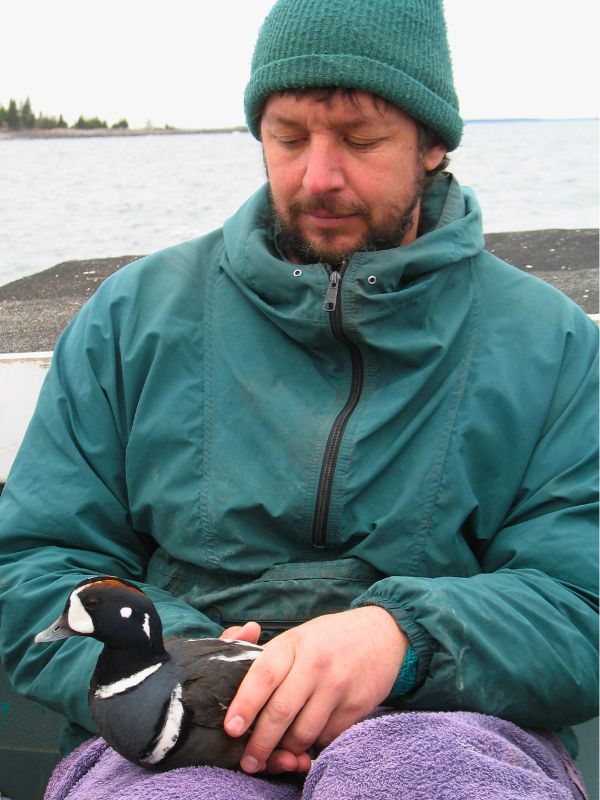

2004
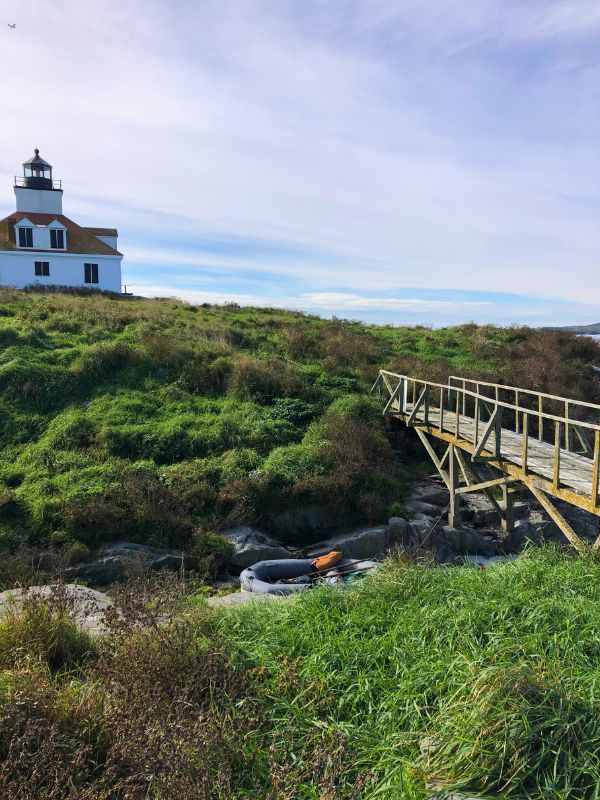
Egg Rock | Troy Canham
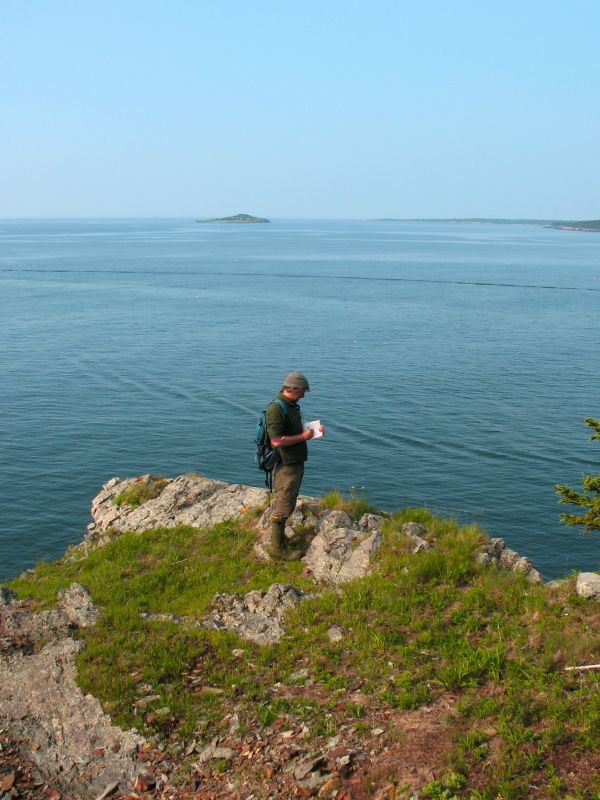
Glen Mittelhauser on Shipstern Island | Celeste Mittelhauser
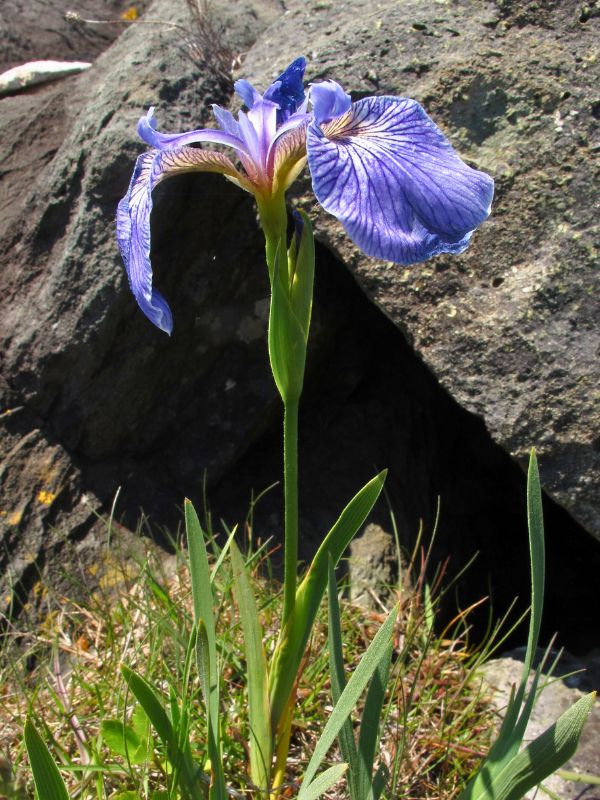
Iris hookeri on Halifax Island | Glen Mittelhauser
Coastal Island Botanical Inventories
The first plant inventories of Maine’s coastal islands were completed in 2004. A few more inventories have been done almost every year since with over 75 islands completed to date.
Collaborators: Maine Coastal Islands National Wildlife Refuge, Davis Conservation Foundation, Eastern Maine Conservation Initiative.
2005
The William Procter Collection
In 2005Work began cataloging and curating the William Procter Collection which contains thousands of insects and marine invertebrates collected from the Mount Desert Island area in the first half of the 20th century. The collection is invaluable for assessing how the status and distribution of these species have changed over the past 100 years.
Collaborators: Acadia National Park
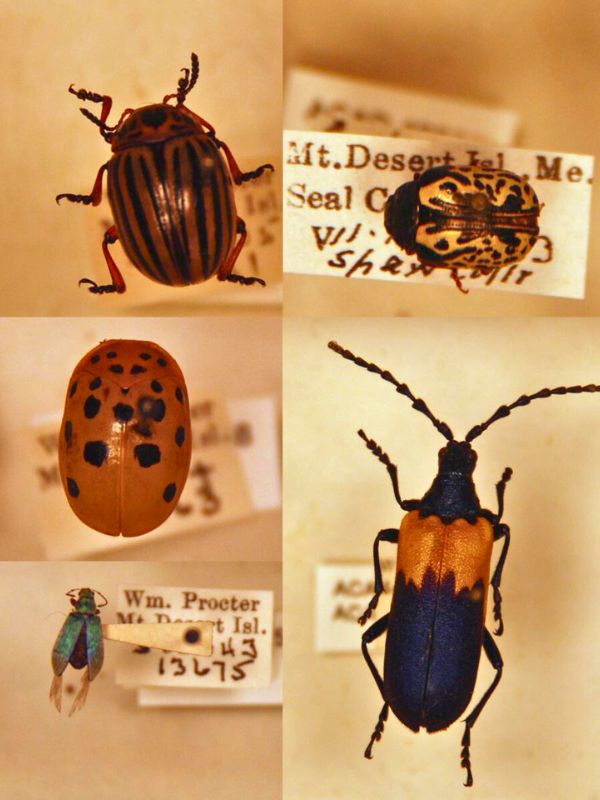
2007

Glen Mittelhauser and Lindsay Tudor tracking nano-tagged Purple Sandpipers

MNHO 20th anniversary sticker designed by Jada Fitch
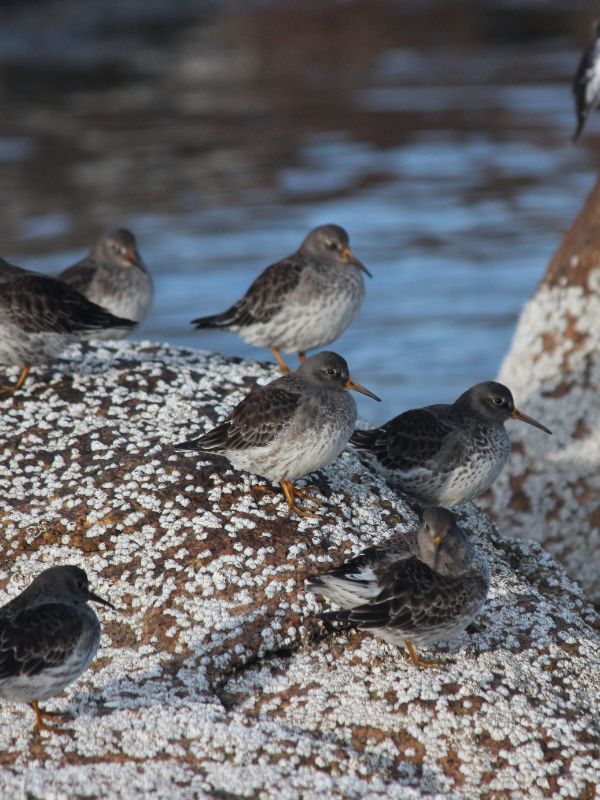
Purple Sandpipers | Glen Mittelhauser
Purple Sandpipers
Between 2002 and 2007, MNHO and the Maine Dept. of Inland Fisheries and Wildlife teamed up to research Maine’s never-before-studied Purple Sandpiper population. The study found an almost 50% decline in the Purple Sandpiper population.
Collaborators: Maine Department of Inland Fisheries and Wildlife, Maine Coastal Islands NWR
2008
Aquatic Beetle Inventory
Glen Mittelhauser and Bryan Windmiller conducted an inventory of select aquatic beetles on Mount Desert Island to assess changes in status and distribution based on historic data collected by William Proctor in the first half of the 20th century.
Collaborators: Acadia National Park
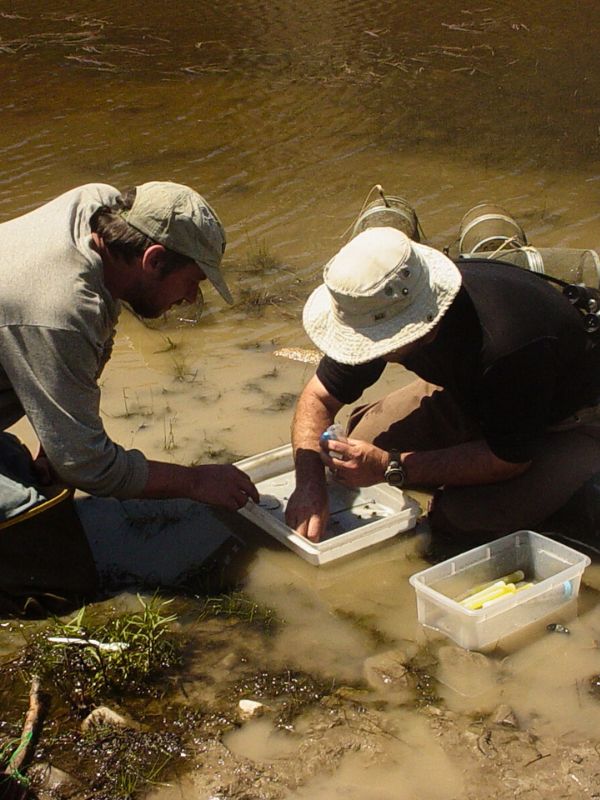
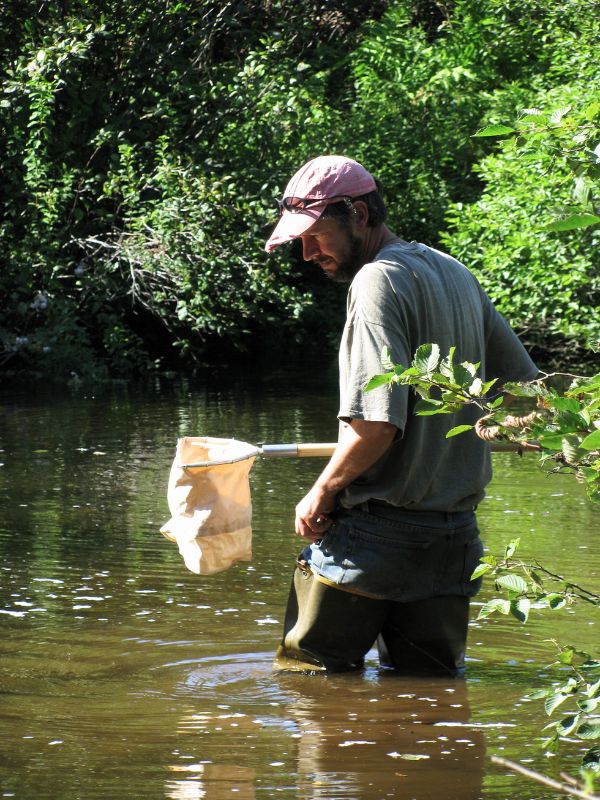
2010

The First Field Guide
Building on the data collected by Dr. Craig Green of College of the Atlantic, The Plants of Acadia National Park was published – the first field guide of its kind for the area.
Collaborators: The Garden Club of Mount Desert, Friends of Acadia
2011
Coastal Breeding Seabirds
In 2011, MNHO developed a database to house Maine breeding seabird data from the last 50 years and published an atlas to make those data available to the public.
Collaborators: Maine Department of Inland Fisheries and Wildlife, Maine Coastal Islands National Wildlife Refuge, USFWS Gulf of Maine Coastal Program, U.S. Fish and Wildlife Service, Friends of Maine Seabird Islands

2013

Sedges of Maine
Sedges of Maine: A Field Guide to Cyperaceae was published.
Collaborators: Stantec Consulting Services, The Maine Outdoor Heritage Fund, Davis Conservation Foundation
2015
Owl Monitoring at Petit Manan Point
The Petit Manan Point Owl Monitoring Station was opened to record data on the fall migration of Northern Saw-whet Owls and Long-eared Owls in Downeast Maine.
Collaborators: David Brinker of Project Owlnet, The Baird Foundation, Downeast Audubon, Keefer Irwin, and all the amazing volunteers that keep the station running.

Long-eared Owl | Aaron Coolman

Northern Saw-whet Owl | Connor Marland
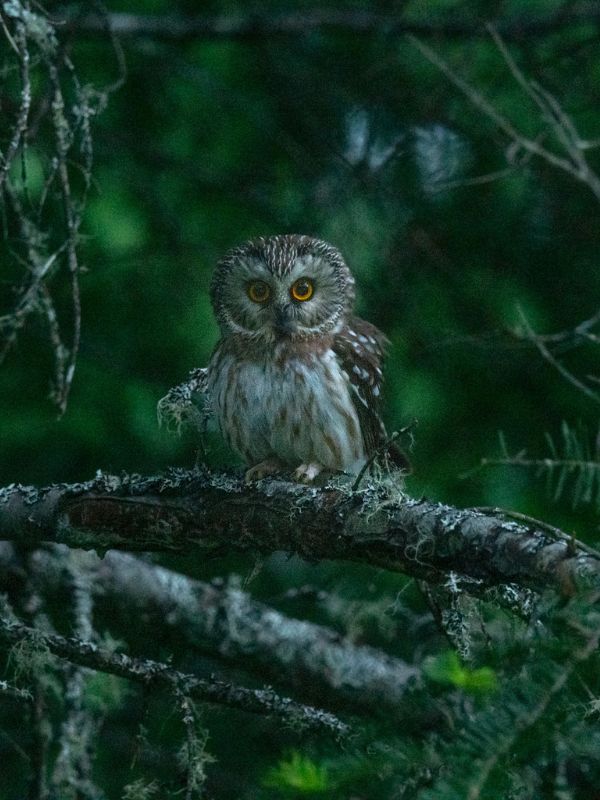
Northern Saw-whet Owl | Logan Parker
2016

Plants of Baxter State Park
After 5 years of botanical surveys conducted with the help of small groups of volunteers, The Plants of Baxter State Park was published.
Collaborators: Baxter State Park, Friends of Baxter State Park
2017
Nightjar Monitoring
MNHO ecologist Logan Parker initiated the Maine Nightjar Monitoring Project, a grassroots, citizen-science-driven effort to monitor Maine’s two declining nightjar species: Eastern Whip-poor-will and Common Nighthawk. Every year volunteers and MNHO staff conduct surveys on over 60 pre-defined survey routes across the state.

Common Nighthawk | Logan Parker


Eastern Whip-poor-will | Logan Parker
2019

Grasses & Rushes of Maine
Grasses and Rushes of Maine was published.
Collaborators: Stantec Consulting Services, The Maine Outdoor Heritage Fund, Essex County Community Foundation, Maine Natural Areas Program.
Nestbox Monitoring
Despite some cavity-nesting species being listed as of conservation concern in Maine, there has not been a comprehensive effort to monitor cavity-nesting breeding birds in Maine. To address this gap in knowledge, (MNHO) initiated a nest box monitoring effort throughout Maine in 2019. This project enlists the help of volunteers to build, install, and monitor nest boxes for Cliff Swallow, Tree Swallow, American Kestrel, Eastern Bluebird, and Northern Saw-whet Owl.
Collaborators: Maine Department of Inland Fisheries and Wildlife, Lapointe Lumber Company, Mara Silver of Swallow Conservation, and all the amazing volunteers who have helped build, install, and monitor nest boxes.

2020
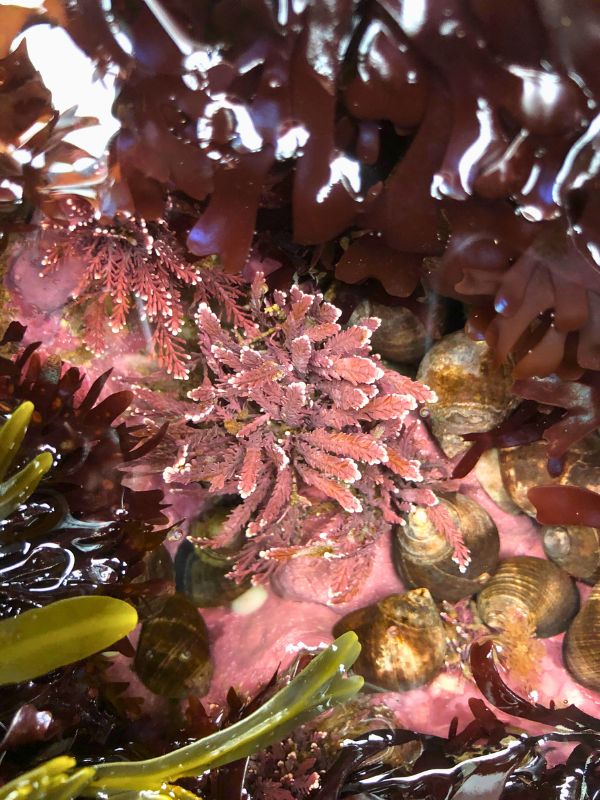
Corallina officinalis | Jordan Chalfant


Seaweeds of Maine
in 2020, work began on the Seaweeds of Maine field guide. This guide will feature hundreds of full-color photos and identification keys that emphasize characteristics that are simple to distinguish making it a useful tool for both experienced phycologists and casual learners.
Collaborators: Jordan Chalfant, Amanda Savoie, Eastern Maine Conservation Initiative, Davis Conservation Foundation, and all of our generous donors!
Observer Field Journal
In the spring of 2020, MNHO launched its field journal, The Maine Natural History Observer. The Observer publishes insights, studies, and observations about the natural world, information on the latest research, projects to participate in, tips on how to identify confusing Maine species, a look at natural history observations in the state 75-100 years ago, and interesting facts about Maine’s natural history.


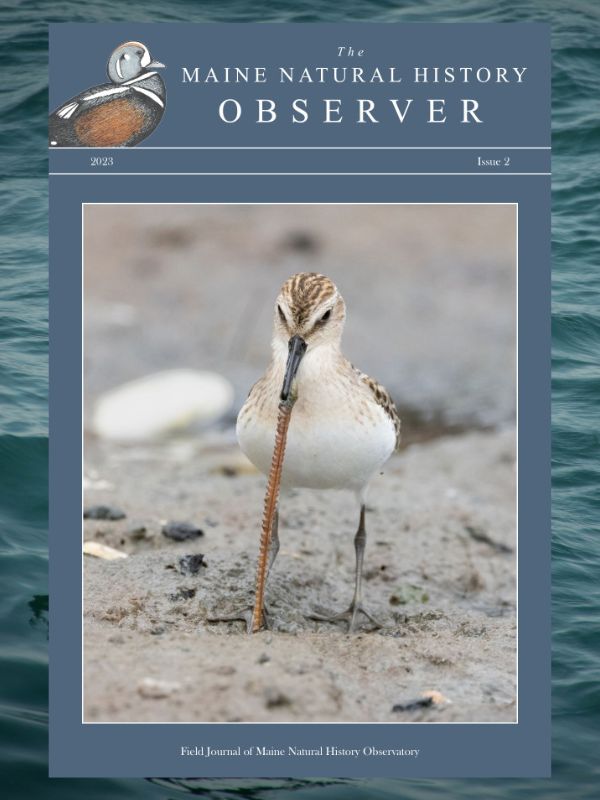


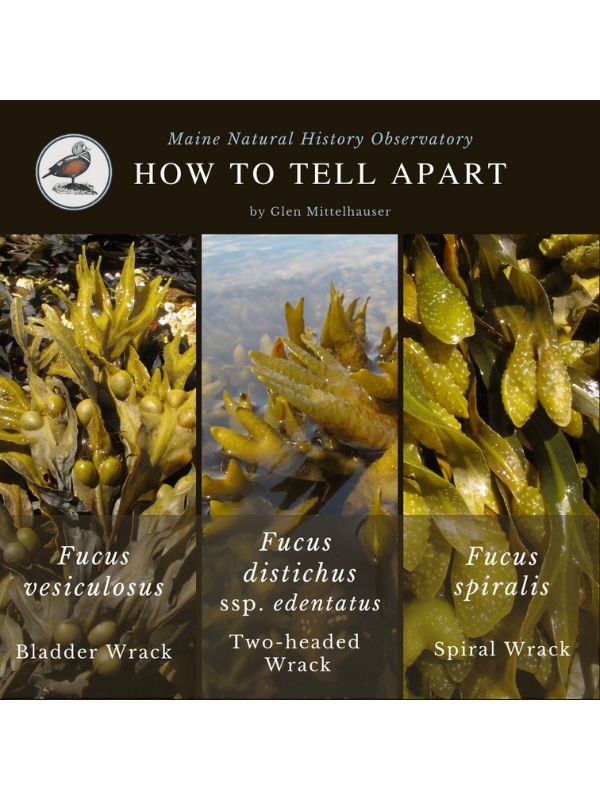
Free Digital Mini-Guides
The first free digital guide was published in July 2020. These mini infographic guides to Maine species show the key characteristics to look for when trying to tell oft’ confused species apart.
Collaborators: Thank you to the many authors who have shared their decades of expertise and to the many folks who have contributed photos and audio recordings.
2021
Wildflowers of Maine Islands
Wildflowers of Maine Islands: The Downeast and Acadia Coasts was published.
Collaborators: U.S. Fish and Wildlife Service, National Wildlife Refuge, Eastern Maine Conservation Initiative, Essex County Community Foundation.
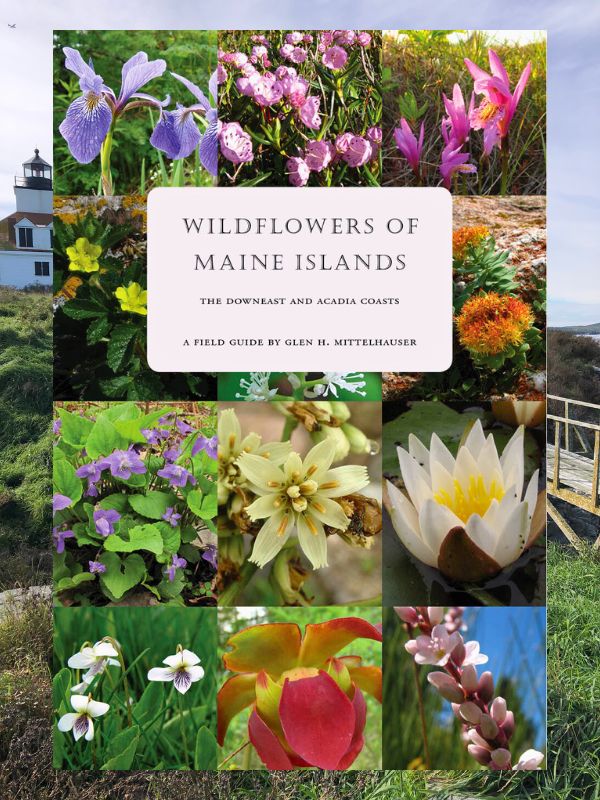
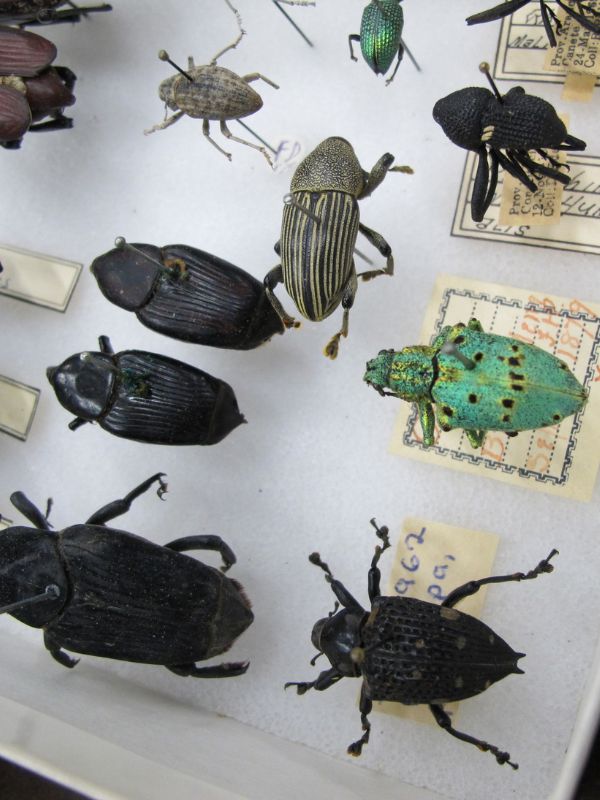
Curating Maine Insect Collections
In 2021, MNHO started collaborating with the Maine State Museum to help catalog its extensive insect collection. The goal is to make sure the collection is maintained, cataloged, and accessible to researchers now and in the future.
Collaborators: Maine State Museum.
2022
Maine Owl Survey
The Maine Owl Survey was started to look at the distribution and habitat preferences of Maine’s owl species. The Maine Owl Survey is a multi-year effort to record owl observations during the courtship and breeding season through playback surveys and monitored nest boxes.
Collaborators: Dave Brinker of Project Owlnet, Eastern Maine Conservation Initiative, Maine Department of Inland Fisheries and Wildlife, and all the amazing volunteers who conduct surveys and install and monitor nest boxes.

“Owls of Maine” by Emily Renaud
2003
Origins
Inspired by Manomet (formerly Manomet Bird Observatory) and The Rhode Island Natural History Survey, Glen Mittelhauser formed Maine Natural History Observatory (MNHO) as a non-profit dedicated to collecting, interpreting, and maintaining datasets crucial for understanding changes in Maine’s plant and wildlife populations.



2004
Coastal Island Botanical Inventories
The first plant inventories of Maine’s coastal islands were completed in 2004. A few more inventories have been done almost every year since with over 75 islands completed to date.
Collaborators: Maine Coastal Islands National Wildlife Refuge, Davis Conservation Foundation, Eastern Maine Conservation Initiative.

Iris hookeri on Halifax Island

Egg Rock | Troy Canham

Glen Mittelhauser on Shipstern Island
2005
The William Procter Collection
Work began cataloging and curating the William Procter Collection which contains thousands of insects and marine invertebrates collected from the Mount Desert Island area in the first half of the 20th century. The collection is invaluable for assessing how the status and distribution of these species have changed over the past 100 years.
Collaborators: Acadia National Park

2007
Purple Sandpipers
Between 2002 and 2007, MNHO and the Maine Dept of Inland Fisheries and Wildlife teamed up to research Maine’s never-before-studied Purple Sandpiper population. The study found an almost 50% decline in the Purple Sandpiper population.
Collaborators: Maine Department of Inland Fisheries and Wildlife, Maine Coastal Islands NWR


Glen Mittelhauser and Lindsay Tudor tracking nano-tagged Purple Sandpipers

MNHO 20th anniversary sticker designed by Jada Fitch
2008
Aquatic Beetle Inventory
Glen Mittelhauser and Bryan Windmiller conducted an inventory of select aquatic beetles on Mount Desert Island to assess changes in status and distribution based on historic data collected by William Proctor in the first half of the 20th century.
Collaborators: Acadia National Park


2010
The First Field Guide
Building on the data collected by Dr. Craig Green of College of the Atlantic, The Plants of Acadia National Park was published – the first field guide of its kind for the area.
Collaborators: The Garden Club of Mount Desert, Friends of Acadia

2011
Coastal Breeding Seabirds
MNHO developed a database to house Maine breeding seabird data from the last 50 years and published an atlas to make those data available to the public.
Collaborators: Maine Department of Inland Fisheries and Wildlife, Maine Coastal Islands National Wildlife Refuge, USFWS Gulf of Maine Coastal Program, U.S. Fish and Wildlife Service, Friends of Maine Seabird Islands

2013
Sedges of Maine
Sedges of Maine: A Field Guide to Cyperaceae was published.
Collaborators: Stantec Consulting Services, The Maine Outdoor Heritage Fund, Davis Conservation Foundation

2015
Owl Monitoring at Petit Manan Point
The Petit Manan Point Owl Monitoring Station was opened to record data on the fall migration of Northern Saw-whet Owls and Long-eared Owls in Downeast Maine.
Collaborators: David Brinker of Project Owlnet, The Baird Foundation, Downeast Audubon, Keefer Irwin, and all the amazing volunteers that keep the station running.

Long-eared Owl | Aaron Coolman

Northern Saw-whet Owl | Connor Marland

Northern Saw-whet Owl | Logan Parker
2016
Plants of Baxter State Park
After 5 years of botanical surveys conducted with the help of small groups of volunteers, The Plants of Baxter State Park was published.
Collaborators: Baxter State Park, Friends of Baxter State Park

2017
Nightjar Monitoring
MNHO ecologist Logan Parker initiated the Maine Nightjar Monitoring Project, a grassroots, citizen-science-driven effort to monitor Maine’s two declining nightjar species: Eastern Whip-poor-will and Common Nighthawk. Every year volunteers and MNHO staff conduct surveys on over 60 pre-defined survey routes across the state.

Common Nighthawk | Logan Parker


Eastern Whip-poor-will | Logan Parker
2019
Grasses & Rushes of Maine
Grasses and Rushes of Maine was published.
Collaborators: Stantec Consulting Services, The Maine Outdoor Heritage Fund, Essex County Community Foundation, Maine Natural Areas Program.

Nestbox Monitoring
Despite some cavity-nesting species being listed as of conservation concern in Maine, there has not been a comprehensive effort to monitor cavity-nesting breeding birds in Maine. To address this gap in knowledge, (MNHO) initiated a nest box monitoring effort throughout Maine in 2019. This project enlists the help of volunteers to build, install, and monitor nest boxes for Cliff Swallow, Tree Swallow, American Kestrel, Eastern Bluebird, and Northern Saw-whet Owl.
Collaborators: Maine Department of Inland Fisheries and Wildlife, Lapointe Lumber Company, Mara Silver of Swallow Conservation, and all the amazing volunteers who have helped build, install, and monitor nest boxes.

2020
Seaweeds of Maine
in 2020, work began on the Seaweeds of Maine field guide. This guide will feature hundreds of full-color photos and identification keys that emphasize characteristics that are simple to distinguish making it a useful tool for both experienced phycologists and casual learners.
Collaborators: Jordan Chalfant, Amanda Savoie, Eastern Maine Conservation Initiative, Davis Conservation Foundation, and all of our generous donors!


Corallina officinalis | Jordan Chalfant

Observer Field Journal
In the spring of 2020, MNHO launched its field journal, The Maine Natural History Observer. The Observer publishes insights, studies, and observations about the natural world, information on the latest research, projects to participate in, tips on how to identify confusing Maine species, a look at natural history observations in the state 75-100 years ago, and interesting facts about Maine’s natural history.



Free Digital Mini-Guides
The first free digital guide was published in July 2020. These mini infographic guides to Maine species show the key characteristics to look for when trying to tell oft’ confused species apart.
Collaborators: Thank you to the many authors who have shared their decades of expertise and to the many folks who have contributed photos and audio recordings.



2021
Wildflowers of Maine Islands
Wildflowers of Maine Islands: The Downeast and Acadia Coasts was published.
Collaborators: U.S. Fish and Wildlife Service, National Wildlife Refuge, Eastern Maine Conservation Initiative, Essex County Community Foundation.

Curating Maine Insect Collections
In 2021, MNHO started collaborating with the Maine State Museum to help catalog its extensive insect collection. The goal is to make sure the collection is maintained, cataloged, and accessible to researchers now and in the future.
Collaborators: Maine State Museum.

2022
Maine Owl Survey
The Maine Owl Survey was started to look at the distribution and habitat preferences of Maine’s owl species. The Maine Owl Survey is a multi-year effort to record owl observations during the courtship and breeding season through playback surveys and monitored nest boxes.
Collaborators: Dave Brinker of Project Owlnet, Eastern Maine Conservation Initiative, Maine Department of Inland Fisheries and Wildlife, and all the amazing volunteers who conduct surveys and install and monitor nest boxes.

“Owls of Maine” by Emily Renaud
